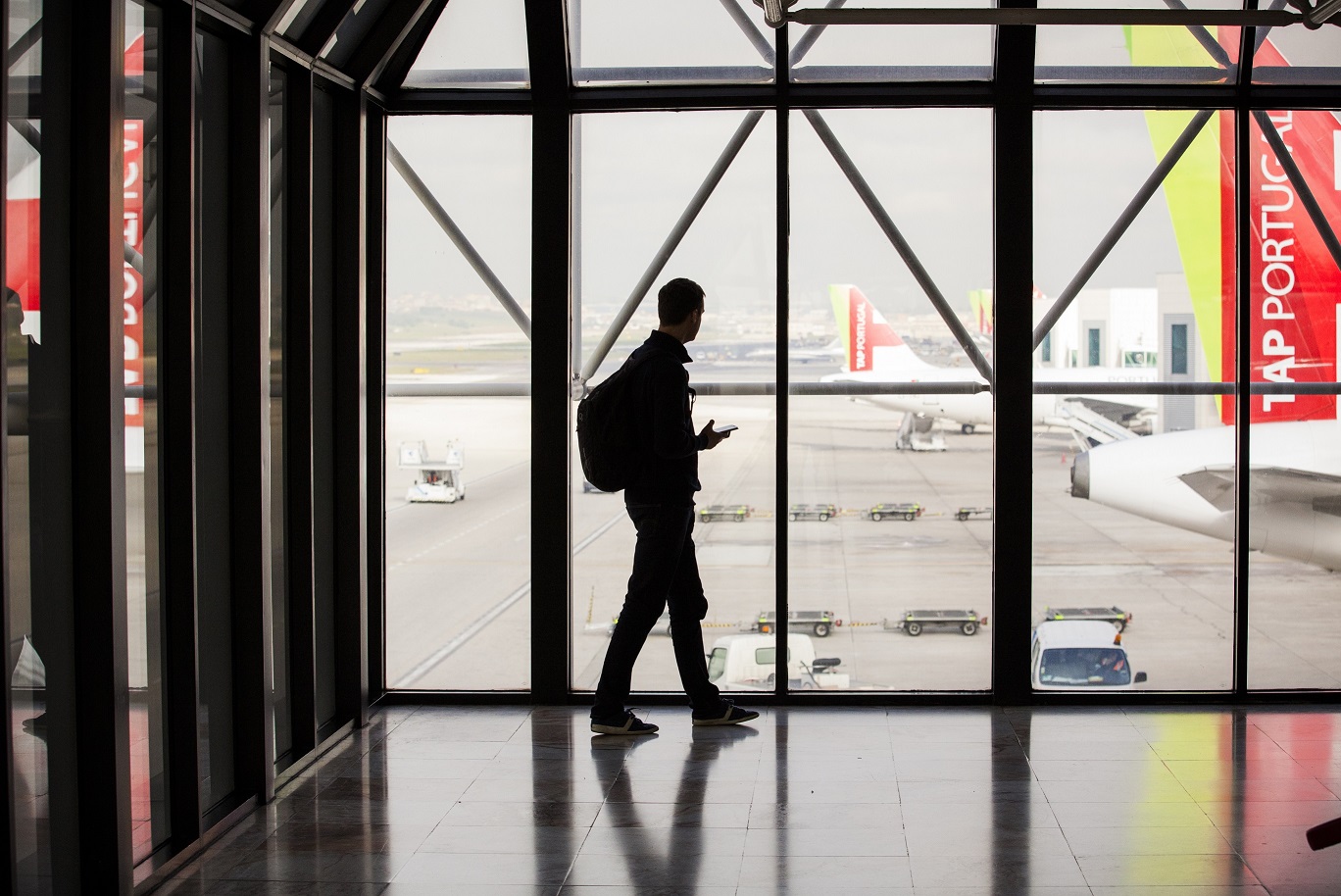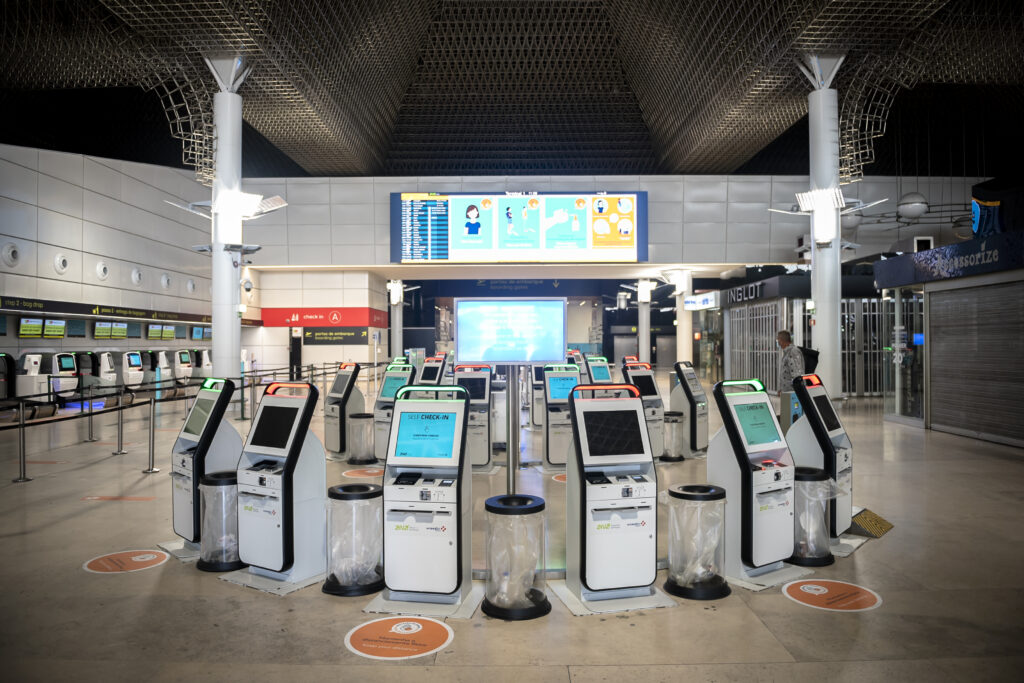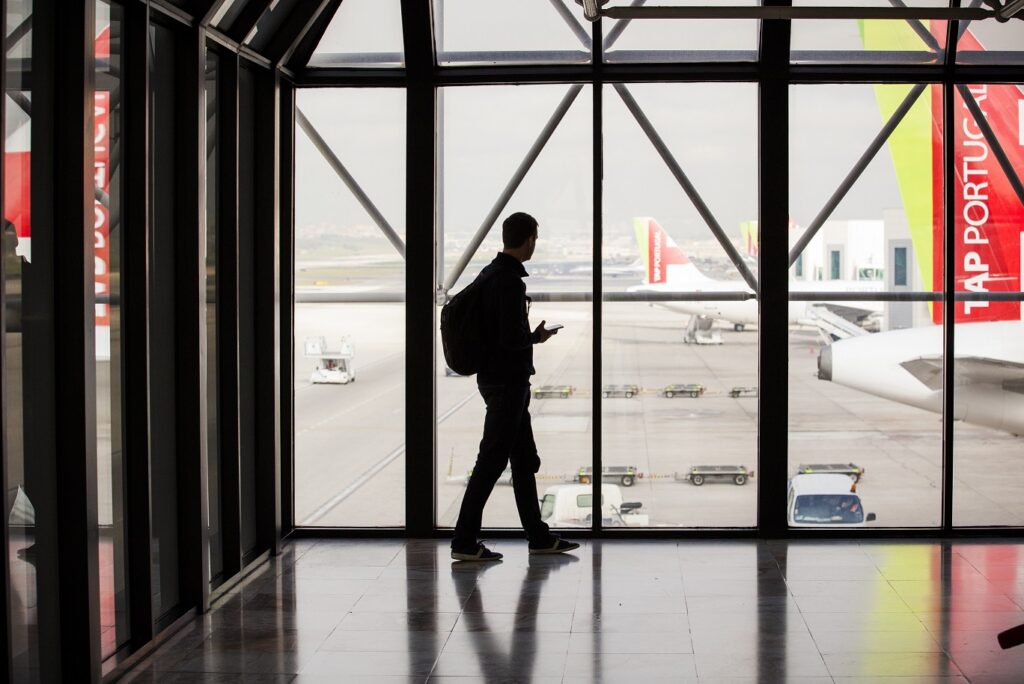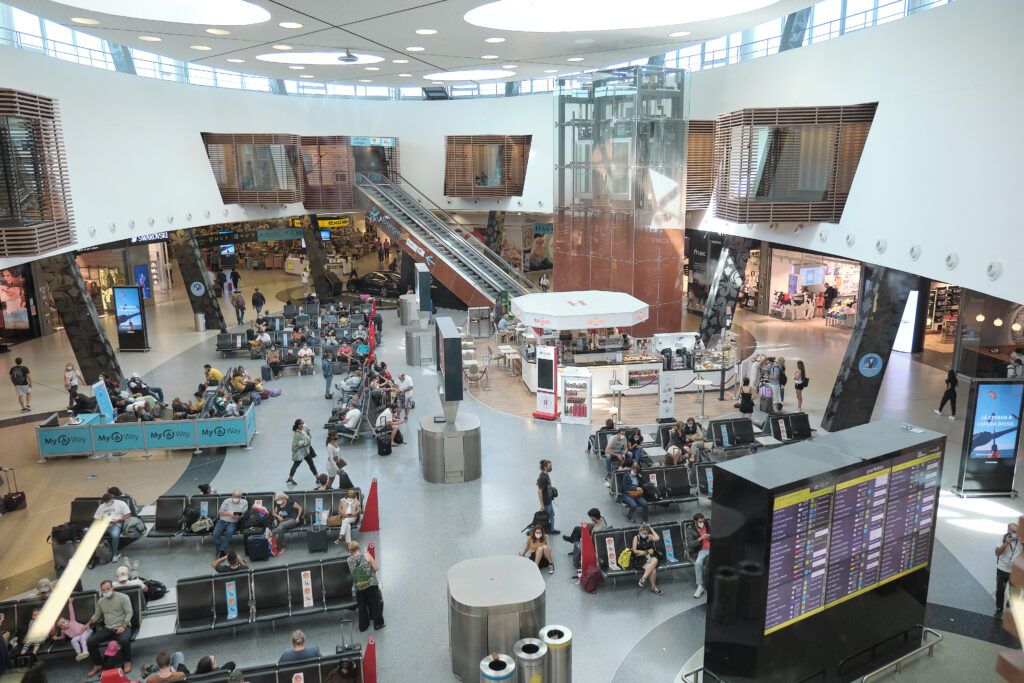Portugal Announces Site for New Lisbon Airport to Boost Tourism
Lisbon Luís de Camões Airport is due to open in 2034 and could eventually accommodate 100 million travelers annually
by Lauren Smith
May 23, 2024

Photo: Courtesy of Lisboa Airport
After decades of indecision, the Portuguese government has settled on a location site for a new airport for Lisbon to replace the current Humberto Delgado International Airport (LIS) and serve Portugal’s booming tourist economy.
The site, a military airfield in Alcochete, around 25 miles east of Lisbon, was first proposed as an alternative airport for the capital five decades ago. A recent independent technical commission selected it over other sites, including a more distant location in Vendas Nova, for its proximity to the city, better transportation links, and its use of publicly-owned land.
The commission opted for a single hub in an area of low population density over two airports to minimize environmental impact, including noise pollution for residents.
“The government sees having one single airport as a solution more suited to the country’s strategic interests,” Prime Minister Luis Montenegro said in a press conference.

Photo: Courtesy of Lisboa Airport
The selection of Alochete is one of the first acts of his new center-right minority government, elected just two months ago. The decision follows mounting pressure from the country’s tourism industry, which accounts for 15% of the GDP.
A recent visitor surge has pushed Lisbon’s current Humberto Delgado International Airport, located four miles from the city center, to full capacity.
Last year the number of foreign tourists staying in Portuguese hotels and accommodation climbed to 18.3 million, 11% higher than pre-pandemic figures from 2019. Many of those tourists passed through Humberto Delgado, which welcomed 33.6 million air passengers in 2023, double the 18 million who passed through a decade before.
Under plans revealed last week, that new airport, to be named after 16th-century Portuguese poet Luís de Camões, will boost Lisbon’s passenger capacity, with room for further growth. When it first opens in a projected 2034, the new airport will have two runways capable of handling 90 to 95 flight movements per hour. But by 2050, an additional two runways could be operational, boosting passenger capacity to 100 million annually, three times the capacity of LIS.
The airport’s expansion will also align with flag carrier TAP’s plans to operate 190 to 250 aircraft by midcentury, up from around 100 today.

Photo: Courtesy of Lisboa Airport
Infrastructure Minister Miguel Pinto Luz said the airport would cost up to €9 billion ($9.74 billion), a bill to be covered with EU funds, public-private partnerships, and airport tariffs and not the state budget.
The government will now initiate talks with stakeholders, including airport operator ANA. The company, a subsidiary of French construction group Vinci, operates the country’s main airports, including Humberto Delgado and Porto (OPO), and already has a concession for a new airport for Lisbon.
The government will also build a third bridge over the Tagus River to speed up the journey from Lisbon to the airport. Pinto Luz said the government hasn’t yet decided whether the bridge would only be for trains or would accommodate cars as well.
In the meantime, renovations to Humberto Delgado International Airport will push its operational capacity from 38 flight movements per hour to 45. The old airport will remain operational for some years after NAL opens, shutting only as its successor reaches full capacity.

Photo: Courtesy of Lisboa Airport
However, decades of indecision have left the tourism industry wary.
“I just hope this is a definitive decision and it won’t be called into question by other governments, something we have unfortunately seen in recent years,” Francisco Calheiros, head of the Portuguese Tourism Confederation, said.
The new government has also committed to another long-delayed infrastructure project: a high-speed rail line between Lisbon and Madrid, which will be the first direct link between the Iberian capitals.




